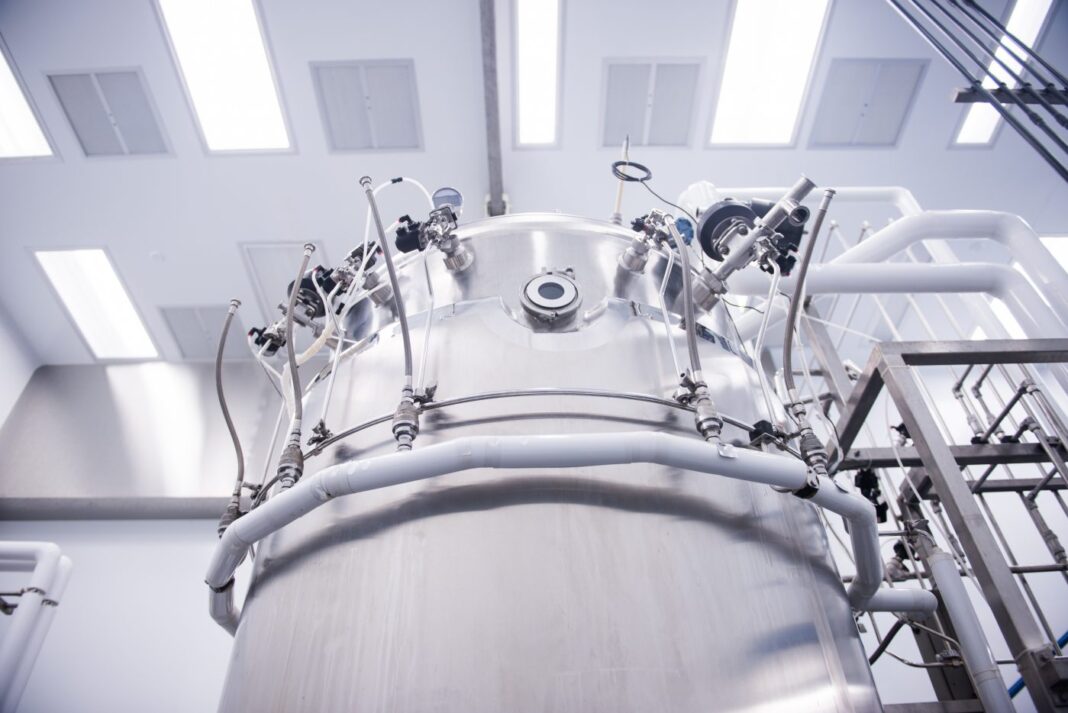Green, sustainable biomanufacturing is a sometimes-elusive goal for the biopharma industry. Biomanufacturers have invested resources to understand the challenges and are beginning to take sustainability to the next level.
Bioprocessors are seeing that “being green can actually save money. Many activities in bioprocess intensification that began to save money and time actually reduce environmental burden per kilo of product,” William Whitford, life sciences strategic solutions leader for DPS Group Global, tells GEN. “For example, using high density or large volume cryopreservation shortens the n-x seed train and reduces the amount of plastic waste generated per run and per kilogram of product. Likewise, adopting advanced digital inventory management will reduce the amount of expired single-use system (SUS) materials that are discarded without being used.”
Environmental burdens aren’t necessarily obvious, though, and reducing one burden may create another. Therefore, changes should be assessed holistically to consider their overall and life cycle effects. “Hidden burdens might include water for injection (WFI) and bioreactor clean/steam energy, single-use (plastic) systems, spent media, and the significant shipping and packaging for single-use systems,” Whitford says.
Life cycle assessment
Whitford and colleagues Daniel Jones and Sean Kinnane advise reducing the consumption of energy and water and the generation of solid waste as well as incorporating more efficient and sustainable materials, processes, and recycling designs. Determining which processes and materials should start with rigorous analyses, such as life cycle assessment.
Life cycle assessments around SUS, for instance, discovered that depending upon facility placement, SUS often lowers environmental impacts in all burden categories over the entire life cycle, SUS carbon impact is highest in the supply-stage, and SUS fractional end-of-life impacts are negligible (recycling doesn’t help much in the total picture).
In fact, Whitford says, “The greatest single determinate of the environmental impact is the site’s geographical location.” That’s because of the transportation energy and carbon costs of bringing components to the site, the differential water supply costs, and sensitivity and the differential burden of the various power grid energy sources, such as coal, hydro or solar.
To assess lifecycle costs of various practices, he recommends using science-based approaches such as life cycle assessments and outsourcing the analyses to experts in the field.
Furthermore, advises Whitford, “Examine the goals and popularity of certifications and assessment methods, including EcoVadis, Green Building Council/LEED, Building Research Establishment Environmental Assessment Method (BREEAM), TRUE zero waste certification and Green Business Certification Inc.” The Bio-Process Systems Alliance and BioPhorum also are good sources for insights.


